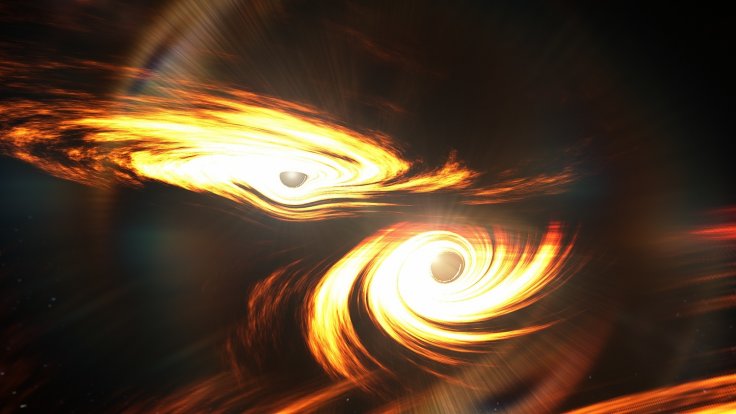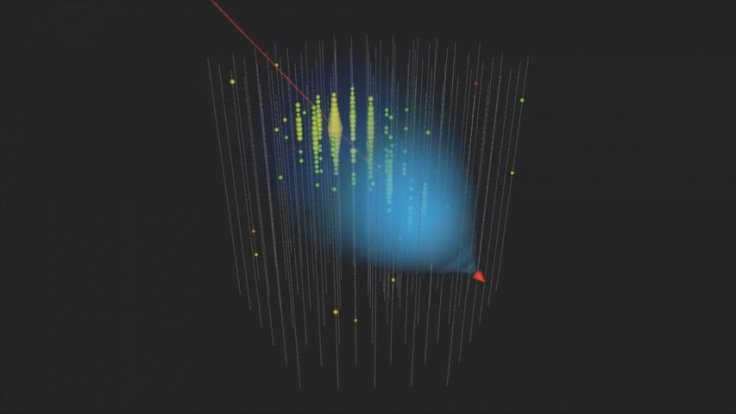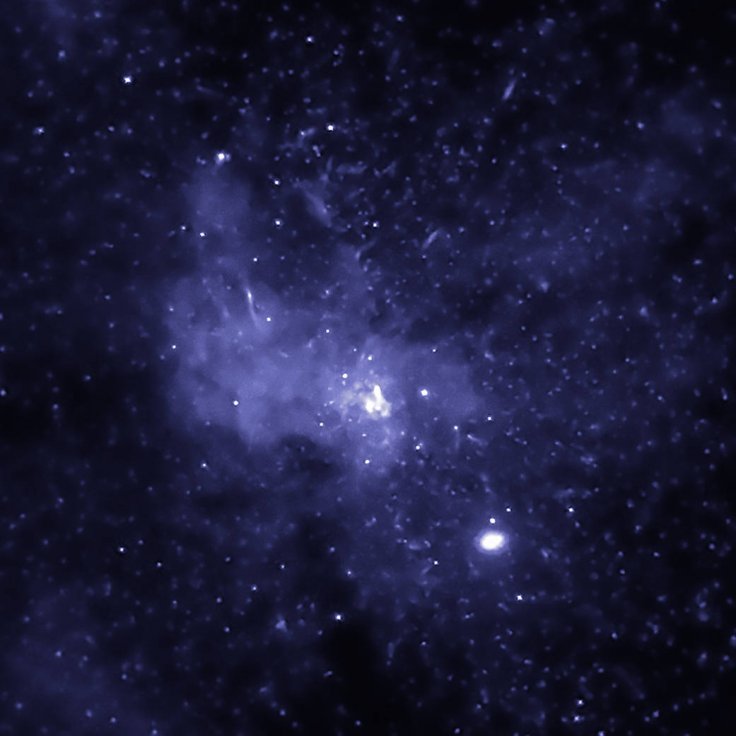Two mysteriously delayed signals from super massive black holes have the scientific community buzzing. This has happened for the first time ever and it is the key to provide us with an insight into certain mysteries of the world, at long last.
The Star Came Too Close So The Black Hole Literally Ate it; Wait What!
In the first instance, it was a black hole in a galaxy that's about 750 million light-years away ended up munching on a star that dared to veer too close to it. This mega feast's light, by the black hole that weighs up to 30 million suns, was recorded back in April 2019. Six months later, in Antarctica, a telescope ended up noticing a major high-energy and ghostly particle; i.e., a neutrino that must have got released during this feeding phenomenon.
The Mega Feast Continues
The second one followed the same pattern but the late phenomenon was noticed twice. On August 2015, a gigantic black hole had a star as a snack, in a galaxy that's about 700 million light-years away. Then the observatories picked up on a sudden spike of radio waves from the event in February 2016 and then once again 2019. The black hole with 1 million times the sun's mass, apparently really enjoyed the meal.
These events are classified under a Tidal Disruption Event or a TDE which is a gigantic black hole tearing into a star it's chomping by using its super gravitational pull. We know how the moon's gravitational pull ends up causing rising tides on earth, right? Now, just amp it up to a million times over. These cosmic occurrences are still a mystery to us and these two particular events may just end up giving us the key to what exactly goes on, the entire nitty gritty of it.

So, What's The Plan?
The plan here is, as Jane Dei, studying high-energy astrophysics at the University of Hong Kong puts it: "Every time we detect a new TDE, there can always be something exciting and unexpected associated with it". Therefore, "there is a lot of new physics that can be done."
Those studying TDEs are of the belief that there are "transient" occurrences, as they usually make an appearance during that time span of two days and then they go back to being dim. Although, what actually creates the light, still needs to be understood.
"Spaghettified"
Ashraf Horesh, who has co-authored two papers pertaining to these new events and is currently serving in the Hebrew University of Jerusalem over at Israel as an astronomer, informed that as a gigantic black hole ravages through its prey, the star actually ends up becoming "spaghettified", almost like a long thin stream. The entire cascade wraps around the black hole and it's speculated that it gives out bursts of energy as it slowly delves into its oblivion or as per other models, while being black holed, some elements of the star ends up exploding outward, mingling with the gas and dust that's around resulting in a flare.

Neutrinos In The Mix
Considering the radical environment that goes with a black hole, it's speculated that the particles may become highly expedited. Neutrinos being tiny specks that are neutral in nature and about 500,000 times lighter compared to an electron, just manage to navigate through the cosmos without much interaction with anything on its way.
This quality of it has been instrumental in getting out from the first TDE and making its way towards Earth. When the IceCube Neutrino Observatory picked it up on its radar, they christened it IC191001A and chalked up that it contains around 1 quadrillion electron volts of energy, which was at par with some of most powerful neutrinos ever picked up from that station.
Why Are These Two Particular Events Important?
All said and done, while physicists have come to the conclusion that TDEs leads to the formation of neutrinos, astronomers have not been able to pair a neutrino with its originating TDE; which is why these two new events are interesting, as here the tidal disruption event has been logged. However, why this managed to make an appearance six months after the event is still something that has to be figured out.

What And Why?
This same question of what and why, also makes its way to the next instance, where an optical light – something our eyes can register - was noticed flaring out from a black hole munching on a star and then fading away, as is the norm with these events.
Horesh and his colleagues decided to pursue it, making use of the Karl Jansky Very Large Array (VLA) telescope in New Mexico, capable of picking up radio waves. Nothing for months, and suddenly six months after the entire things, a bright radio flare was noticed. What was more interesting is that fact the VLA data, four years later, again showed up a burst of radio energy.
Horesh mentions: "There is nothing to explain why it should flare up, decay and then flare up again. It's really interesting." New models would be needed to explain these delayed signals. According to the team, a fragment of the burst of energy is coming at an odd angle, resulting in a flaring pattern, which is noticeable or not, depending on the accretion disk spins.
Another working theory is that stellar remains are pushing shock waves that are progressing slowly within the material encompassing the black hole, that end up giving out emissions later. However, for certain? No one knows yet.
Then again, these are pivotal moments as it provides those working in the field better insights, as Jane Dai puts it, "These events are ideal laboratories to learn about black holes," giving nuggets of important clues on how components accretes around it, resulting in jets and flares.









